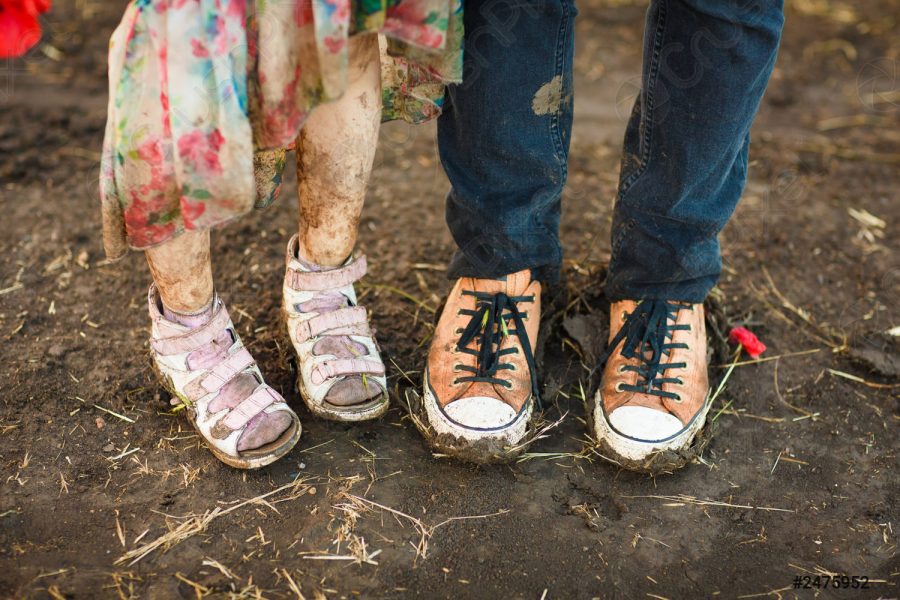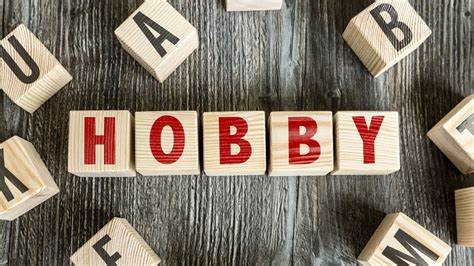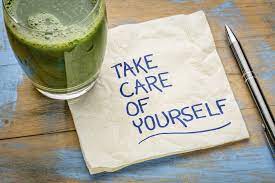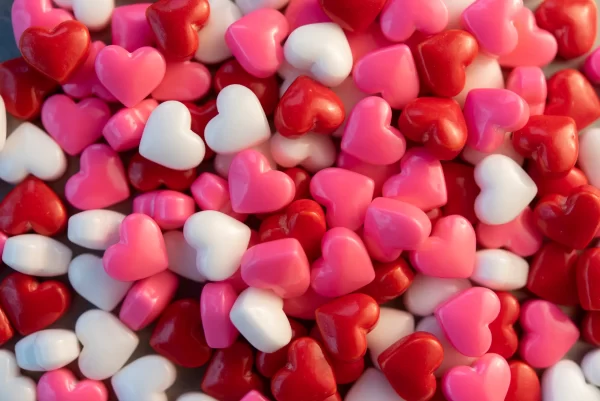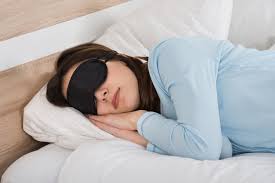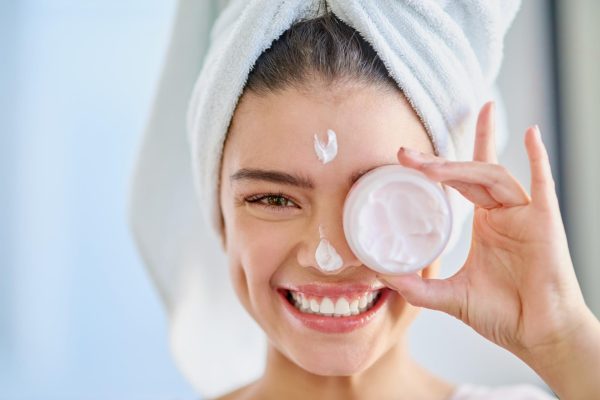Please Don’t Wear Your Shoes Inside
March 24, 2022
If you tread in anything muddy or filthy, you’ll probably clean your shoes. Do you, however, always de-shoe at the door when you arrive home? Many people in the United States do not. When you get home, the last thing on your mind is what you drag in on the bottom of your shoes.
Environmental scientists who have studied the indoor environment and the toxins that individuals are exposed to in their own homes for over a decade. Science favors one opinion on the subject of whether to shoe or de-shoe in the house.
It’s best to dispose of your garbage outside the door.
When people spend up to 90% of their time indoors, the decision of whether or not to wear shoes in the house is not one to be taken lightly. The outside environment is often the focal point for soil, air quality, and environmental public health issues. However, the issue of indoor air quality is also being put in the spotlight.
Dust and pet hair aren’t the only things contributing to the accumulation of things floating around within your home. A third of it comes in from the outside, either blown or trampled in on those dirty shoe bottoms. Drug-resistant pathogens, particularly hospital-associated infectious agents (germs), are among the microorganisms found on shoes and floors.
According to scientists, there is a close link between the lead in your home and the lead in your yard soil. Dirt blown in from your yard, trampled in on your shoes, and on the hairy paws of your darling dogs are the most likely causes of this link. This link emphasizes the importance of ensuring that matter from your backyard remains exactly where it belongs.
In a recent Wall Street Journal story, it was claimed that wearing shoes in the house isn’t entirely terrible. They go on to argue that E. coli is so broadly dispersed that it may be found almost anywhere. As a result, it should come as no surprise that it can be swabbed on shoe bottoms, which account for 96% of all shoe bottoms, according to the article.
But let’s be clear about something. Although it’s wonderful to be scholarly and use the phrase E.coli, this is, in a nutshell, bacteria connected with feces. If we are exposed to large quantities of it, whether it is ours or Fido’s, it has the potential to make us extremely sick. And, let’s be honest, it’s just plain disgusting.
Why walk it around your house when you can just take your shoes off at the door?
So, are there any drawbacks to living in a shoe-free home? Aside from the occasional stubbed toe, there aren’t many disadvantages to living in a shoe-free home in terms of environmental health. Leaving your shoes on the welcome mat also means leaving those potentially harmful bacterias there as well.
We all know that prevention is far better than cure, and for many of us, taking our shoes off at the door is a simple and straightforward way to start. Are you looking for a pair of shoes that can help you support your feet? It’s simple–all you need are some “inside shoes” that you never wear outside.
There’s also the “sterile house syndrome,” which refers to an increase in the number of children with allergies. Some say it has something to do with extremely sanitized houses. Indeed, some dirt is definitely helpful, since studies have shown that it aids in the development of the immune system and reduces the incidence of allergies. There are, however, better and less disgusting methods to do it than traipsing about indoors in your filthy shoes. Get outside, go for a hike, and take in nature.
Just don’t bring the nastier portions of it inside, where they might accumulate and infect our houses.
Sources: https://www.wsj.com/amp/articles/heres-why-ill-be-keeping-my-shoes-on-in-your-shoeless-home-11644503227
https://theconversation.com/house-dust-from-35-countries-reveals-our-global-toxic-contaminant-exposure-and-health-risk-172499
